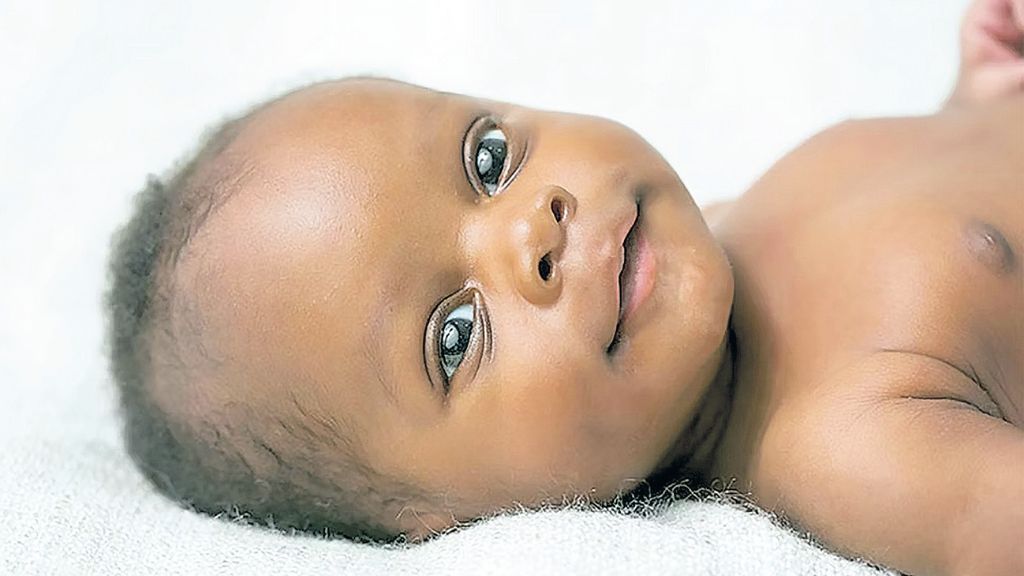MAY 5 is celebrated annually as International Day of the Midwife. This year, the day was celebrated under the theme ‘Midwives — a vital climate solution’. A common misconception is that midwives are nurses, but they are not.
The midwife is a person [male or female] who has successfully completed a midwifery education programme, usually two or four years in Jamaica, and who has acquired the requisite qualifications to be registered and/or legally licensed to practise midwifery and use the title midwife, and who demonstrates competency in the practice of midwifery. (International Confederation of Midwives (ICM), 2021). Midwives offer services in both primary- and secondary-care facilities, however they are independent practitioners and may be found mainly in the community, in some jurisdictions.

Health practitioners are often identified by their uniform, and as such midwives are identified by their white tunics, burgundy stripe on caps, burgundy badges, and burgundy belts for senior midwives, while the males wear white bush jackets and black pants with burgundy batches. Despite the shortage of almost one million midwives globally, midwives continue to deliver stellar services to the health-care system. Of note is that midwives are first responders in the climate catastrophes as well as providers of safe and environmentally sustainable services.
Without a doubt and consistent with this year’s International Day of the Midwife theme, midwives are a vital climate solution f.























